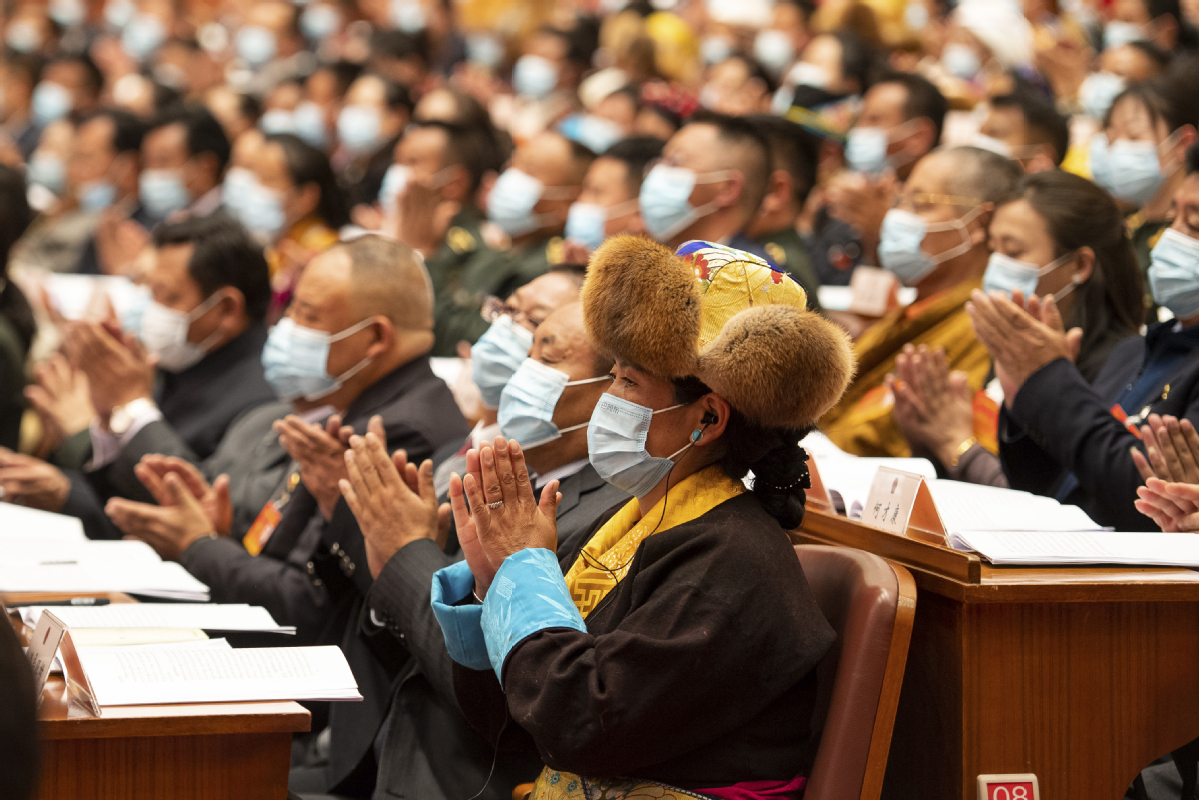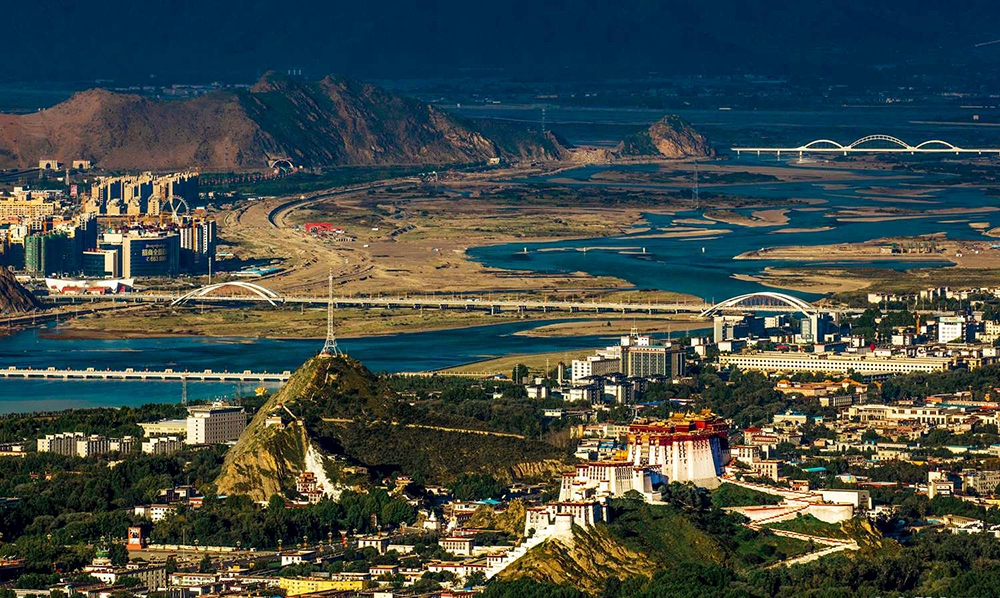Tibet sets up areas for ecological protection

The Tibet autonomous region has placed nearly half its land area under the strictest ecological supervision, it was announced at an annual meeting of the regional People's Congress, which kicked off on Wednesday.
The ecological protection area, which covers more than 539,000 square kilometers, makes up 45 percent of the region's area, said Qi Zhala, chairman of the regional government.
The region strictly controls sand excavation in its 56 key rivers, and 22 ecological reserves have been built and are operational, Qi Zhala said in his government work report delivered on Wednesday at the fourth session of the region's 11th People's Congress.
According to the government work report, the rate of days with good air quality in Tibet's cities of prefectural level and above reached 99.4 percent, and all the region's drinking water sources met applicable standards.
The report also said that the number of Tibetan antelope in the region has risen to more than 200,000, terrestrial wildlife species to 1,072 and black-necked cranes to more than 8,000. Five rare new species have been discovered in recent years.
The region has spent 12.2 billion yuan ($1.9 billion) on ecological protection projects in recent years. Five cities and prefectures and three counties have been designated as national-level ecologically civilized model cities and counties, and more rural residents have benefited financially by undertaking part-time ecological protection work.
Mao Shiping, an official from Nagchu's forestry and grassland bureau, said the city government has been upgrading infrastructure and management facilities in Changthang National Nature Reserve.
"More advanced monitoring facilities have been installed in the reserve, with more ecological protection patrolmen employed to undertake protection work," Mao said.
Covering more than 298,000 sq km, Changthang National Nature Reserve, China's biggest, has become a haven for rare high-plateau wildlife such as wild yaks, argali and Tibetan antelope.
Mao said the reserve has about 780 professional ecological protection patrolmen, including 390 in the reserve's section in Nagchu. More than 20,000 rural residents in Nagchu undertake various environment protection activities that are subsidized by the government.
"The professional ecological patrolmen are provided with basic patrolling tools such as motorcycles, telescopes and paging receivers, and they provide feedback regularly," Mao said.
Professional patrolmen also receive one week of training every year from professors at Tibet University.
Kunsang Darje, a railway maintenance worker in Nagchu, said that apart from maintaining the railway and highway, he also collects trash along the section with his colleagues.
"The place I work is in a no man's land, and I think it's very important to protect the animals there without affecting them with human activities, and we are also obligated to take responsibility there," he said.
Tibet Stories

Hearing-impaired children in Nyingchi, Tibet regain sound in Guangzhou
On January 12, in the operating room of the Guangdong Second People’s Hospital, a team of o...

